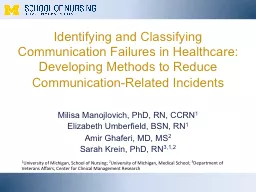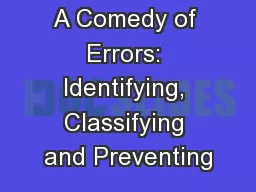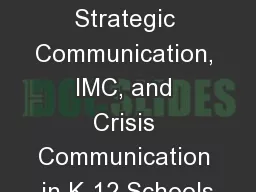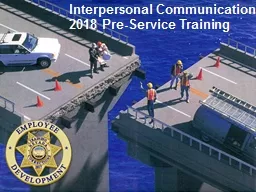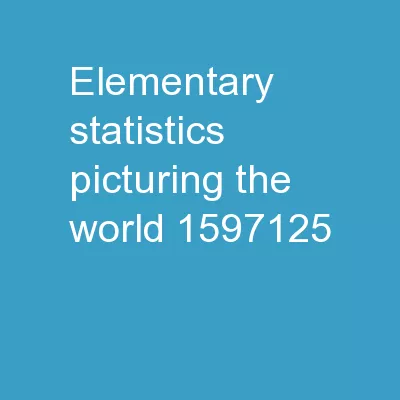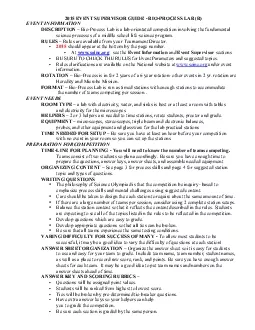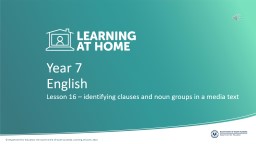PPT-Identifying and Classifying Communication
Author : mediumgeneral | Published Date : 2020-08-05
Failures in Healthcare Developing Methods to Reduce CommunicationRelated Incidents Milisa Manojlovich PhD RN CCRN 1 Elizabeth Umberfield BSN RN 1 Amir Ghaferi MD
Presentation Embed Code
Download Presentation
Download Presentation The PPT/PDF document "Identifying and Classifying Communicatio..." is the property of its rightful owner. Permission is granted to download and print the materials on this website for personal, non-commercial use only, and to display it on your personal computer provided you do not modify the materials and that you retain all copyright notices contained in the materials. By downloading content from our website, you accept the terms of this agreement.
Identifying and Classifying Communication: Transcript
Download Rules Of Document
"Identifying and Classifying Communication"The content belongs to its owner. You may download and print it for personal use, without modification, and keep all copyright notices. By downloading, you agree to these terms.
Related Documents

